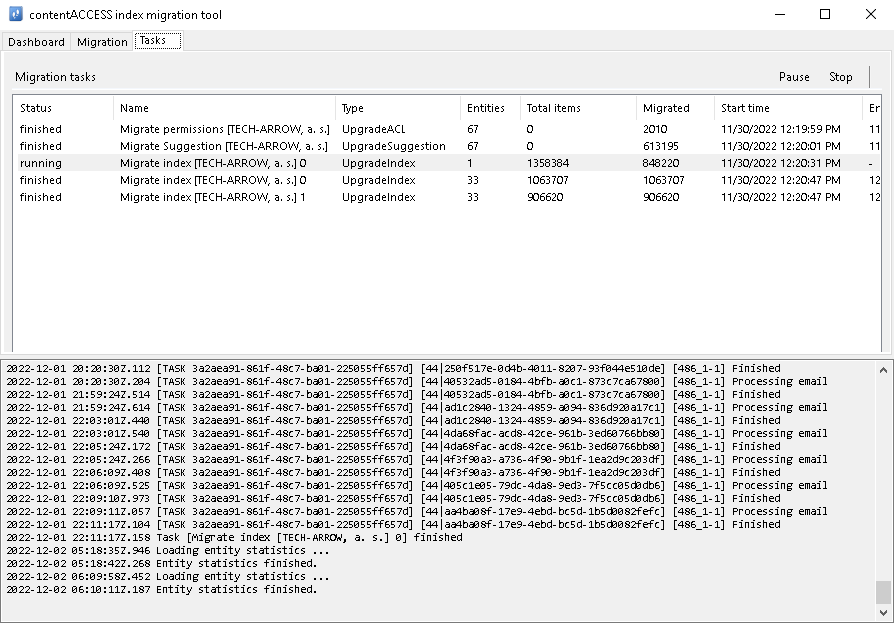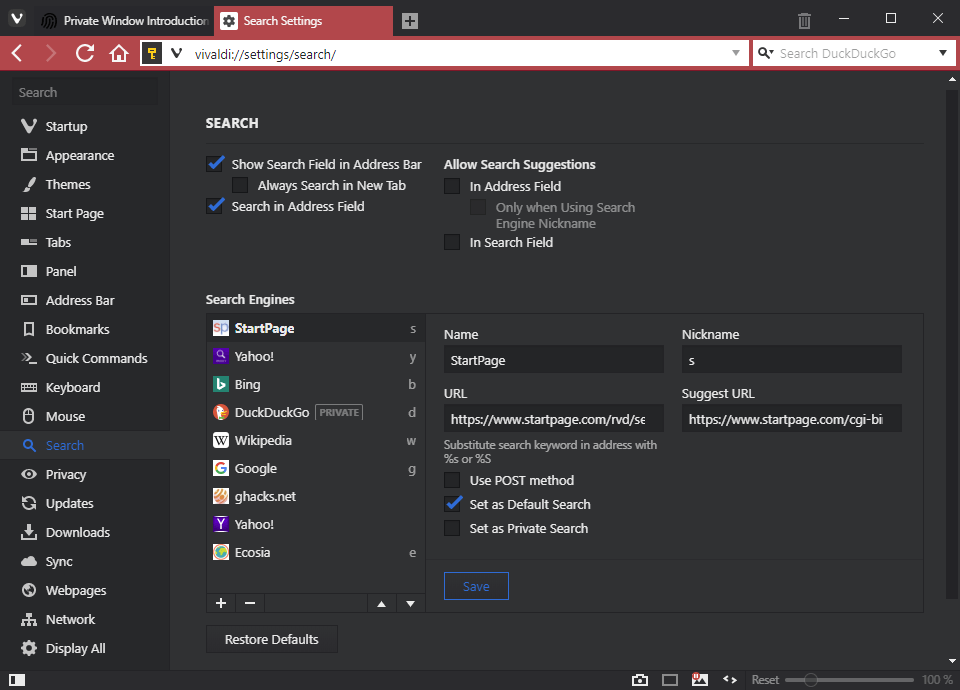
The nests are built by both females and male flamingos. Their nests are not very big but can stand up to 50cm tall with a concave shape that protects the egg from rolling out. The other great reason why they build a high nest is to avoid flooding since they do it near the lake barks that can easily flood especially during raining season. The breeding season starts from October to December when the flamingos start building their nests. After the nest is built, one egg is laid which is incubated for 28 days by both male and female flamingos. The little hatched grey flamingos feed on their eggshell and the milky juice fed by the adults. The feeding of the young chick is done by both parents as they feed the chick with a milky liquid called “crop milk”. The chick mostly takes a period of one week before it leaves the nest and joins the crèche-that is a group of thousands of chicks being looked after by a few selected adult birds. This is one of the most unique characters of flamingos in the world compared to other birds.įlamingos are seen in different alkaline lakes of Tanzania like Lake Manyara, Arusha national park, Lake Natron and the Magadi lake in Ngorongoro.

Ngorongoro also termed as “Eden of Africa” is the birding paradise that has over 450 bird with flamingos taking the great show as they are found in large numbers close together at their flock.

The Ngorongoro crater birding species are subdivided into two migratory birds and permanent residents. The migratory birds are those that come to the Ngorongoro crater seasonally and most of them come during the rainy season from March to May for breeding purposes only. The migratory birds come from different parts of the world as far as Europe and America. While permanent residents are those birds that leave in the Ngorongoro crater always. The most common birds of Ngorongoro crater are Ngorongoro crater flamingos, Secretary bird, hammerKop, Hadadas Ibis, Gray Heron, Purple Heron, Great White Pelican, long-tailed Lapwing, Gray Crowned Crane, Lovebird, Starlings, Kori Bustard, Northern Aneater Chat, Speke’s weaver, Egyptian Vulture and many more.


 0 kommentar(er)
0 kommentar(er)
